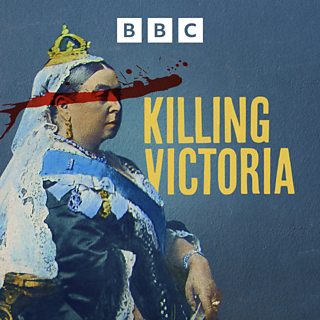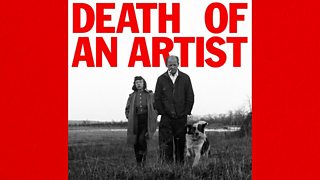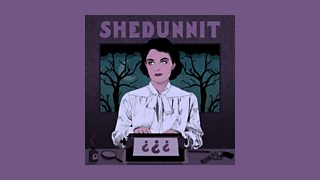The seven men who tried to kill Queen Victoria
Jonathan Mayo
On the 6th March 1882, Queen Victoria wrote to her daughter Vicky: ‘It is worth being shot at, to see how much one is loved.’ A few days earlier, a young man named Roderick Maclean had fired a revolver at her as she left Windsor Station; the bullet flew between the Queen and her devoted Highland servant John Brown. Newspapers reported that Maclean was then set-upon by a group of Eton schoolboys, one hitting him with an umbrella.
Roderick Maclean was not unique. He was the last of seven would-be assassins to attack the Queen. Each could have brought the Victorian era to a premature end, and yet they have been forgotten – their failure pushing them into the shadows of the many successful titans of the Victorian era. But at the time, the seven caused a sensation – ballads and poems were written about them, pages of newsprint were devoted to their crimes, and the very first assailant ended up as a waxwork in Madame Tussaud’s Chamber of Horrors labelled ‘a monster’.
In a new �鶹�� podcast series Killing Victoria, Dr Bob Nicholson uncovers the stories of these forgotten men.
Edward Oxford: The Monster
In 1840, Edward Oxford was 18 years old and working in the pubs of the West End of London. He constructed a fantasy world where he was the leader of a revolutionary group known as Young England. In his quest for notoriety, Oxford bought a pistol and on 10th June 1840 shot at 21 year-old Queen Victoria, pregnant with her first child. After he was caught, Oxford wrote to a friend: ‘I dare say you are surprised to hear of this little bit of a scrape that I've gotten into.’ He seemed unaware of the trouble he was in.
For over 20 years, Oxford was detained in Bethlem Hospital – better known as Bedlam, where chillingly his medical record stated that the staff ‘always considered him sane.’ Edward Oxford’s fate was no deterrent, in fact he seems to have inspired the six who followed.
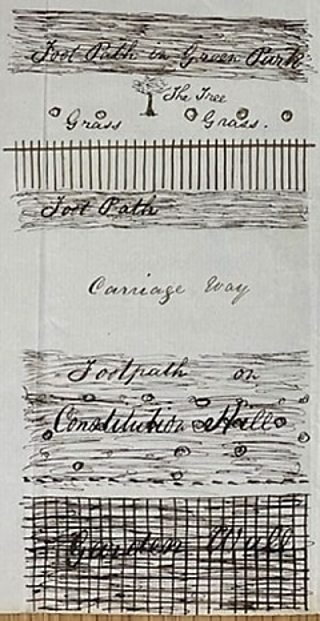
John Francis: The Bankrupt
John Francis was another teenager working in the West End, although he laboured in a more glamourous world, building sets at the Covent Garden Theatre. In 1842, perhaps encouraged by the entrepreneurial spirit of the age, Francis embarked on a new career as a tobacconist. But he was no businessman and was soon chased by creditors. It was at this point that John Francis bought a gun, believing that shooting the Queen would be the answer to his problems. On 29th May, Francis fired at her outside Buckingham Palace and escaped. Suspecting that he might try again, Victoria bravely allowed herself to be the bait. Sure enough, exhibiting the naivety of many of the assailants, Francis returned to the same spot, fired, missed and was caught.
John Bean: The Runaway
John Bean’s life was a tragic one. Bullied by his younger brothers and on the receiving end of ridicule and discrimination because of his disability (an acute case of curvature of the spine), Bean may have seen his attempt on the Queen in July 1842 as a way to break the harsh pattern of his life. For 18 months, Millbank prison provided him with food, books to read, and lessons to stimulate his mind, but then Bean returned to the unforgiving streets of London. Bean’s suicide note to his wife declared: ‘My whole life has been one of trouble and worry from my very infancy. With my last breath, I think of you, hoping you will do better without me, than with me.’
William Hamilton: The Bricklayer
The 1840s was a turbulent decade. Many of the thrones of Europe fell and Victoria feared she would next. Militant Chartists or disgruntled republicans could have provided an assassin, but it was an out of work bricklayer named William Hamilton who on 19th May 1849 fired a pistol at Victoria. Hamilton remained silent at his trial, no letters from him survive and the newspapers contained no quotes from him, so his motive can only be guessed at. It seems likely poverty, lack of work and prospects may have been a reason for his drastic act. After five years in the brutal floating prisons known as hulks, Hamilton disappeared into the Australian bush.
Robert Pate: The Soldier
Robert Pate was son of a wealthy corn merchant, who in 1838 joined the Army but was soon nicknamed ‘Mad Pate’ by his fellow officers. His life was governed by strange routines that seemed beyond his control. When in June 1850 Pate chanced upon the Queen in Piccadilly, he beat her with his metal-tipped stick; her scar remained visible for a decade. Pate seemed as surprised as anyone at what he’d done. London’s so-called ‘mad doctors’ had little to offer him - Pate seems to have cured himself. Somehow, a voyage to Australia calmed him, and many years later he returned to England with a wife and a large fortune.
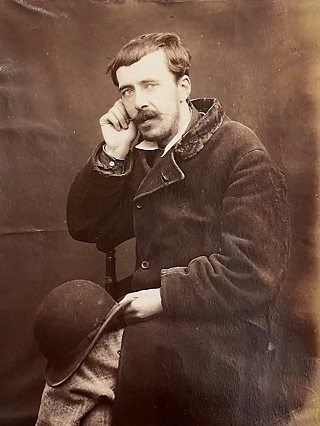
Arthur O’Connor: The Intruder
After the death of her beloved Prince Albert in 1861, Queen Victoria became hard for any would-be assassin to get at. When in early 1872 a service at St Paul’s Cathedral was announced to celebrate the recovery of the Prince of Wales from illness, a 17 year-old Londoner named Arthur O’Connor saw his chance. O’Connor was a classic teenage rebel – a hopeless poet prepared to die for a political cause. His bizarre plan involved grabbing Victoria in St Paul’s at gunpoint and forcing her to release political prisoners. When that proved impossible, O’Connor climbed the gates of Buckingham Palace armed with a pistol and a knife. Assassin and monarch came face to face, but Victoria was saved by the quick thinking of John Brown, Prince Arthur and her Palace servants.
Roderick Maclean: The Wanderer
So what of Roderick Maclean, who attacked Victoria at Windsor Station? At his trial Maclean’s obsessions with the colour blue and his paranoia that the people of England were persecuting him were described and mocked by the press. The jury took just five minutes to decide Maclean was ‘not guilty on the grounds of insanity’. He spent the rest of his life in a series of asylums, writing petitions to Victoria asking to be released.
Queen Victoria died on 22nd January 1901, not by an assassin’s bullet but after a series of strokes. One of her doctors wrote: ‘her face was quite beautiful in its way; she had but little pain.’ The outpouring of grief across the world was the ultimate expression of how much the Queen was loved.
Listen to all episodes of Killing Victoria now, on �鶹�� Sounds.
-
![]()
Short History Of...
Witness history's most incredible moments and remarkable people.
-
![]()
Cautionary Tales with Tim Harford
We tell kids unsettling fairy tales to teach them life lessons, but Cautionary Tales are for grown ups – and they are true.
-
![]()
Death Of An Artist
The story of Jackson Pollock & Lee Krasner: love, power, alcoholism & an ill-timed death.
-
![]()
Shedunnit
Shedunnit is a storytelling podcast that unravels the mysteries behind classic detective stories.
